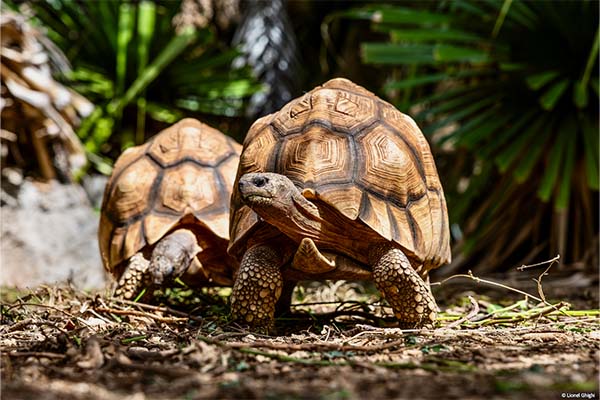Scuba Diving
The protected lagoon in Rodrigues is a kaleidoscope of colours and forms; an exceptional location to locate a variety of fish and coral, and an ideal location for scuba diving. To learn how to scuba dive, all one has to do is join a dive shop and experience the undersea world, with divers posted on the beach at Bakwa Lodge. The lagoon, the outer reef, and the canals make up Rodrigues' diving area. A great spots to see bigger fish, tuna, barracuda, and porcupine fish is in the canals and passes.







